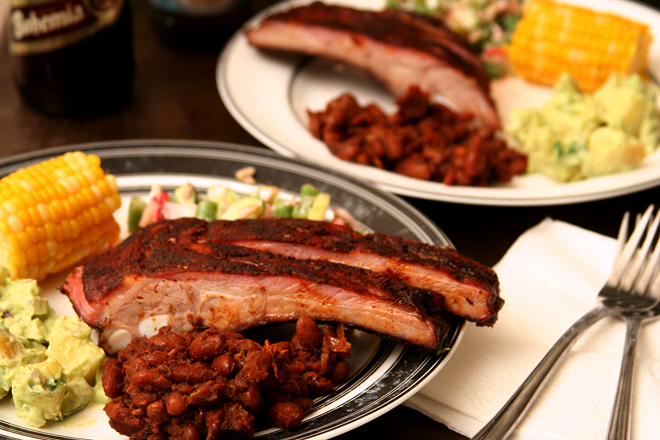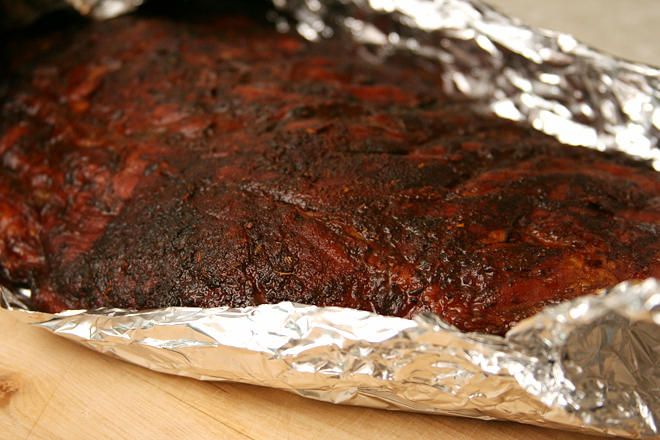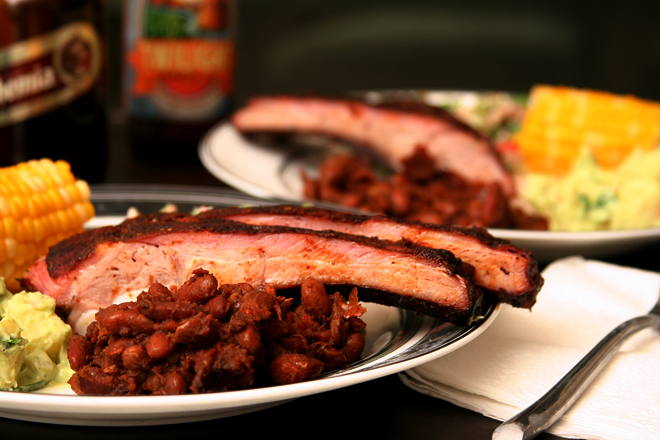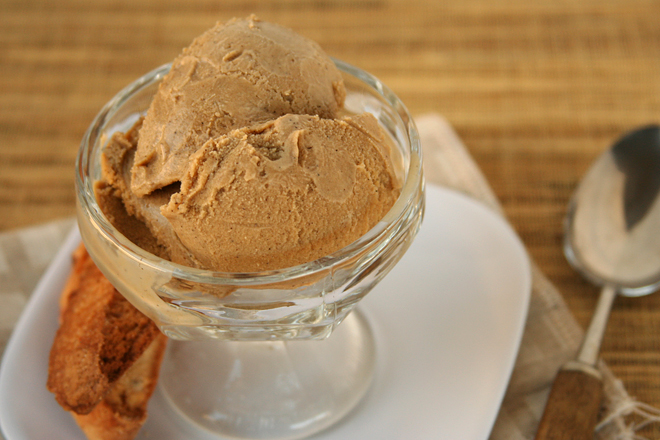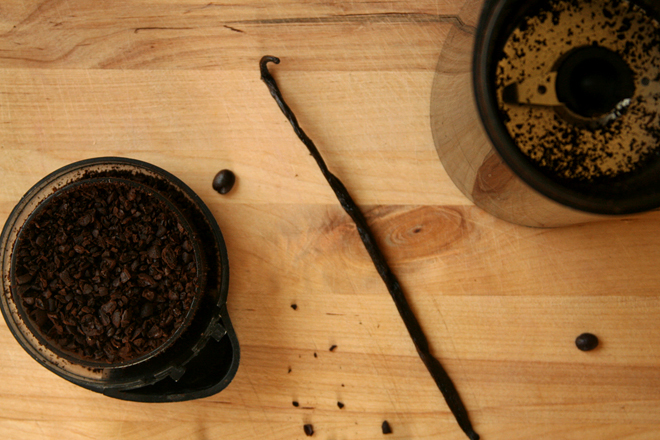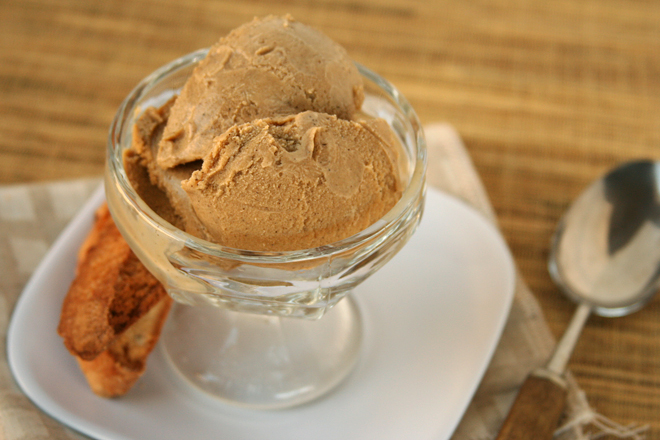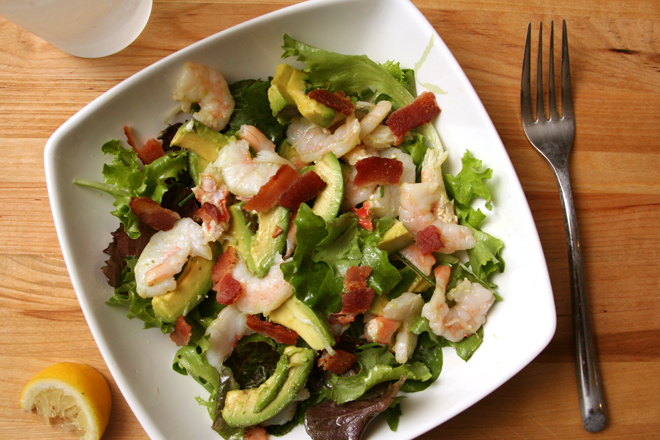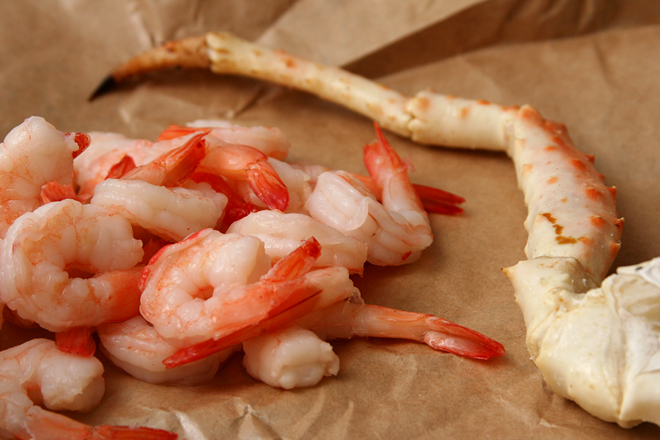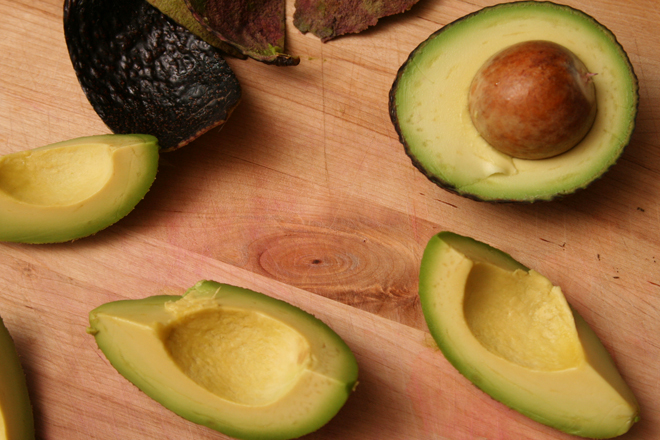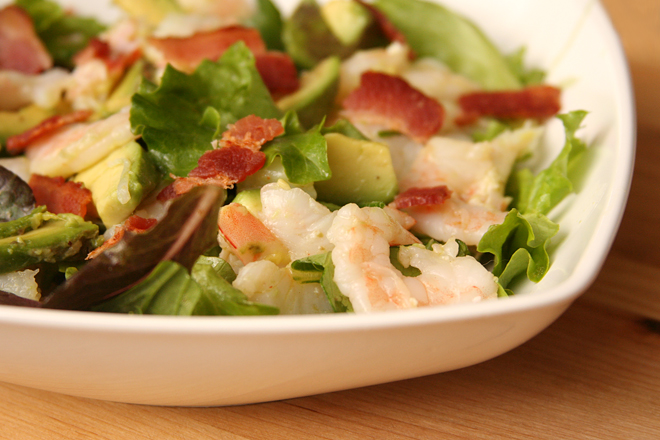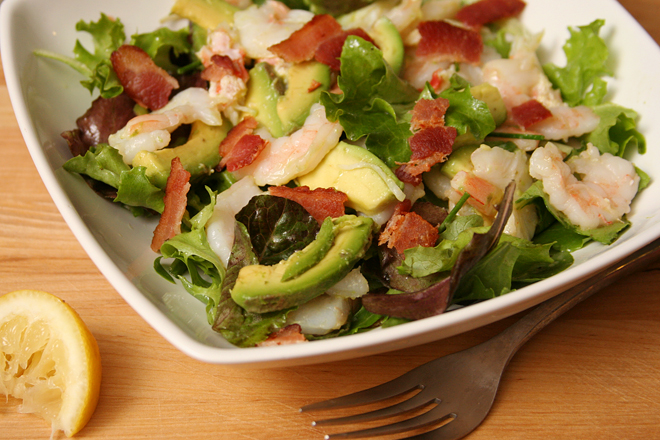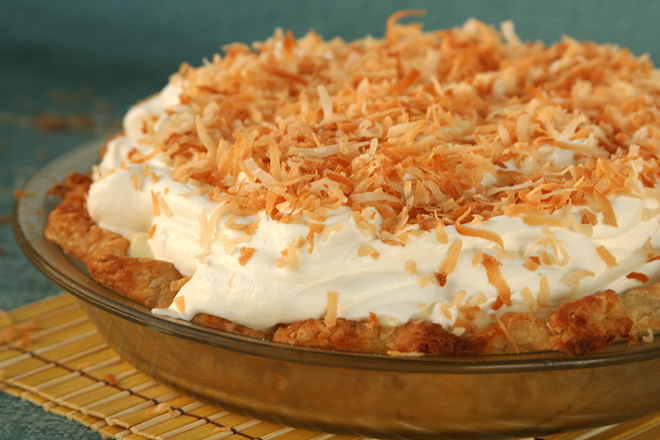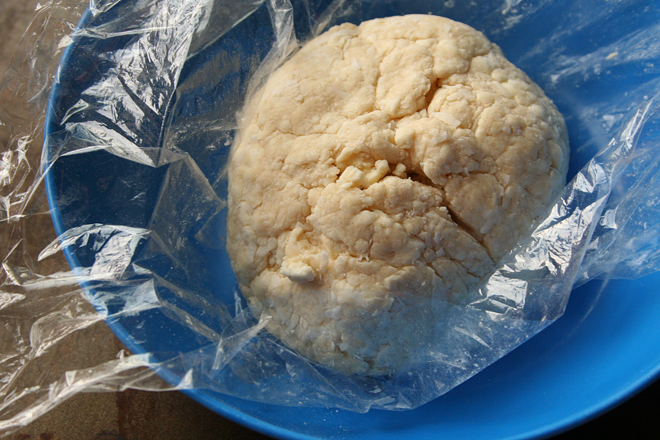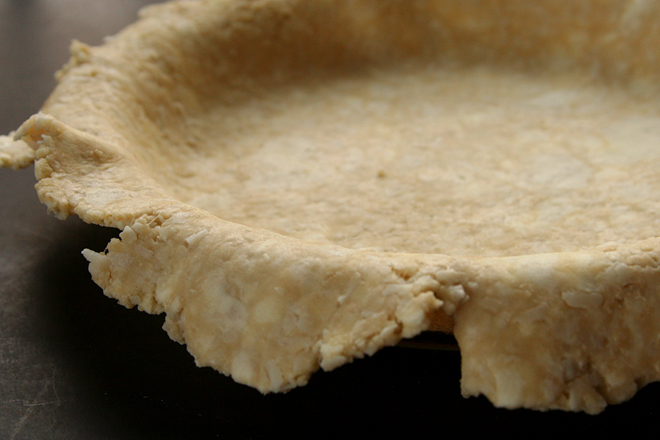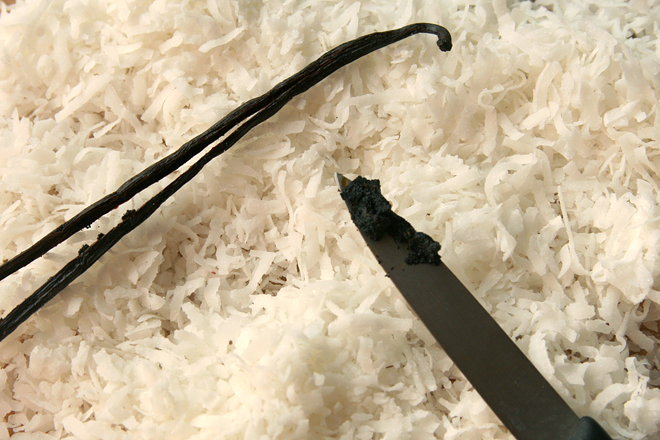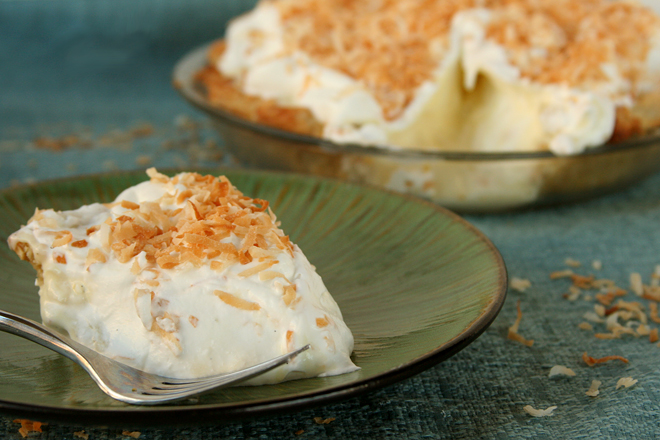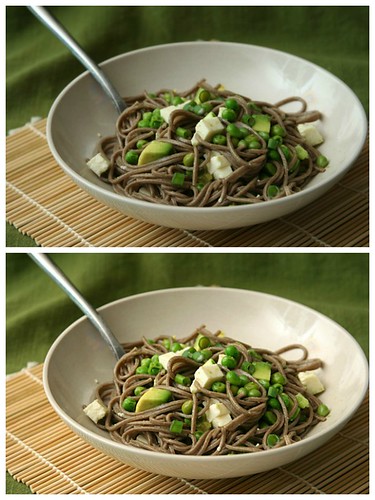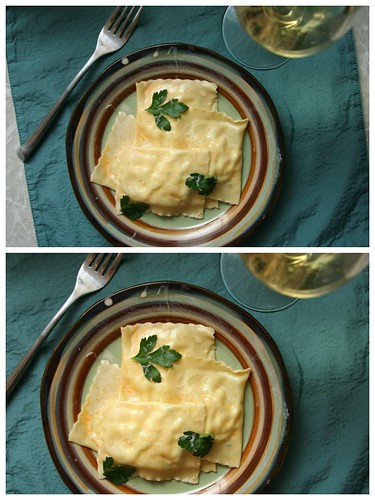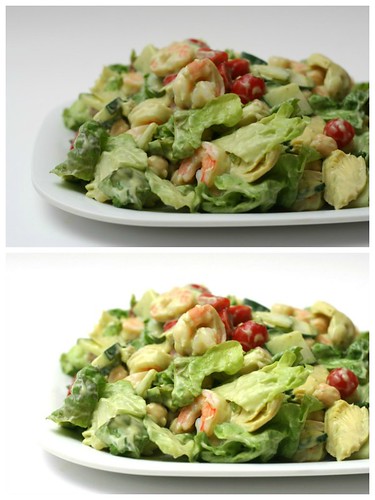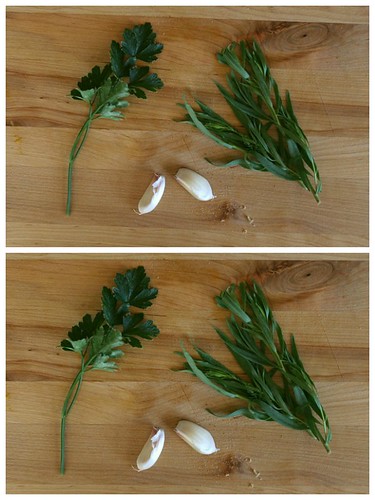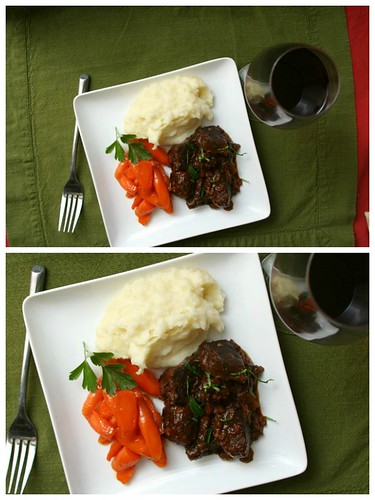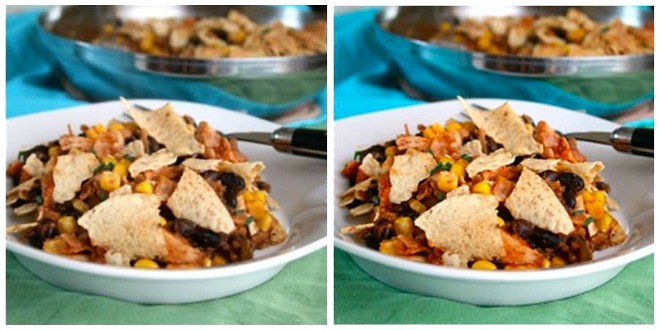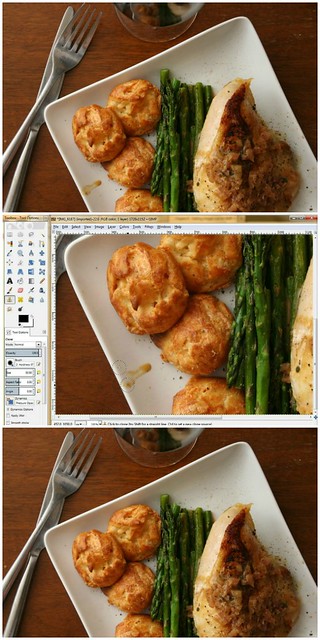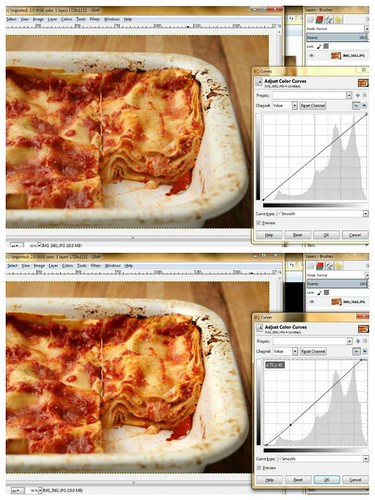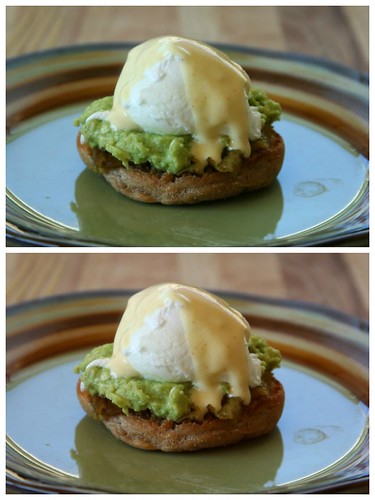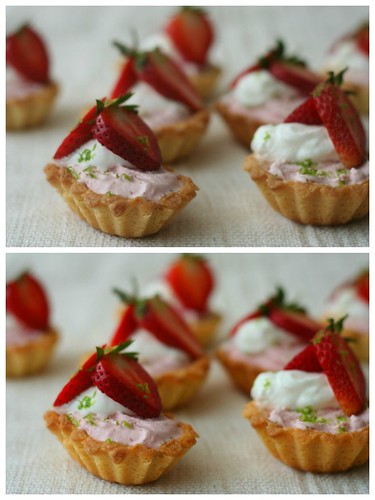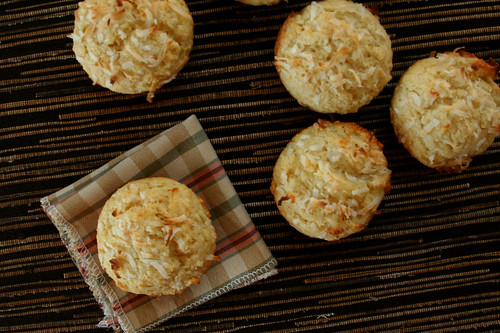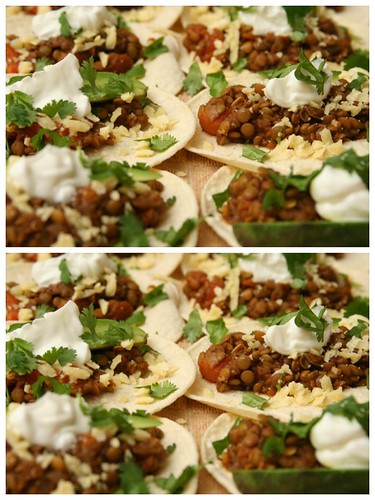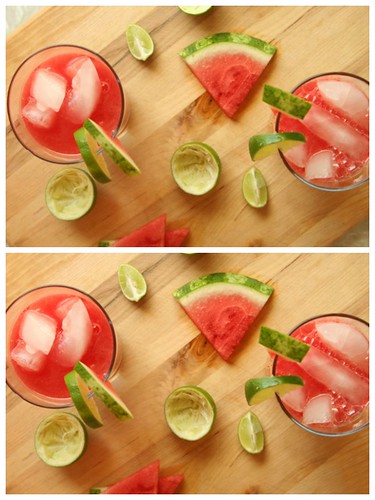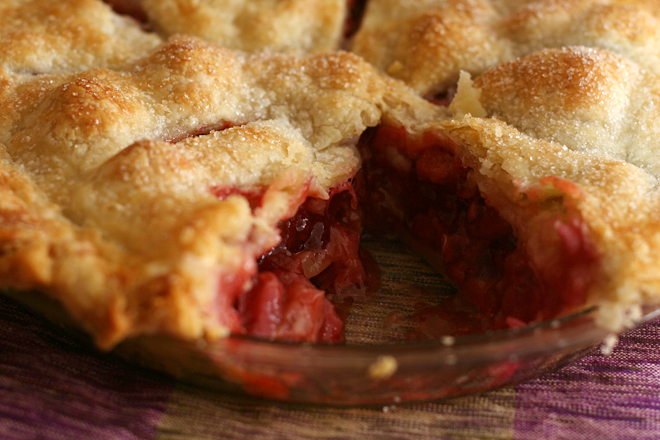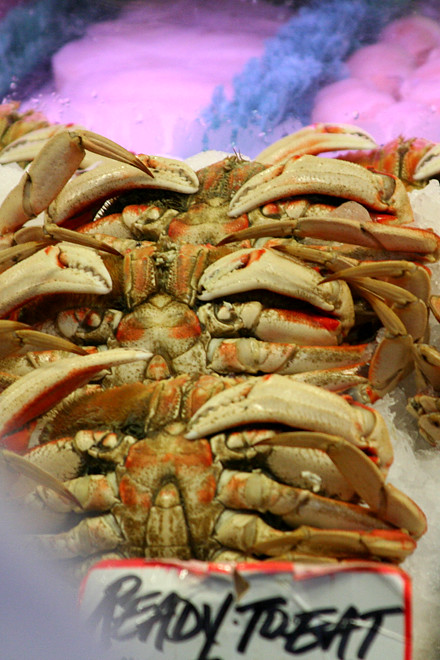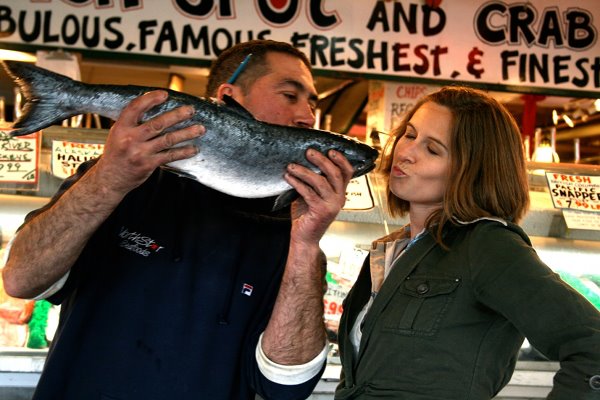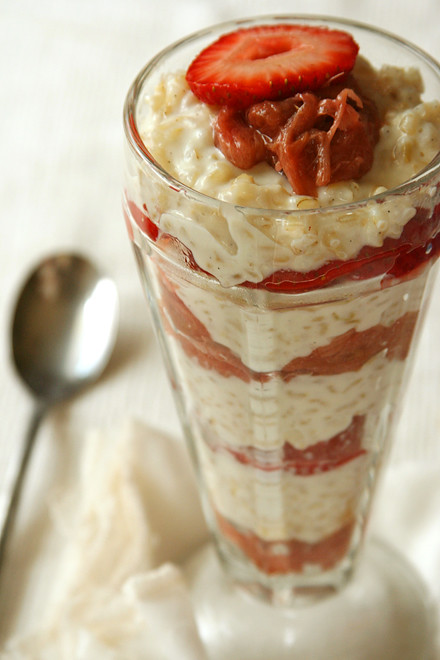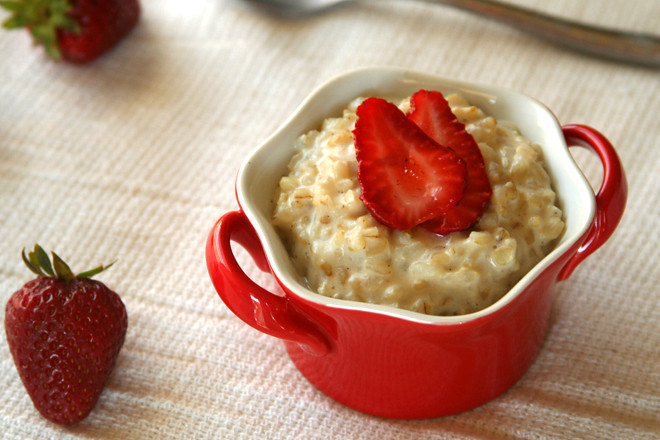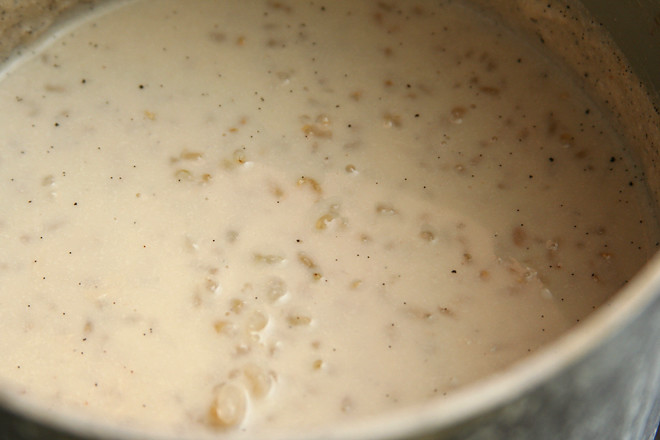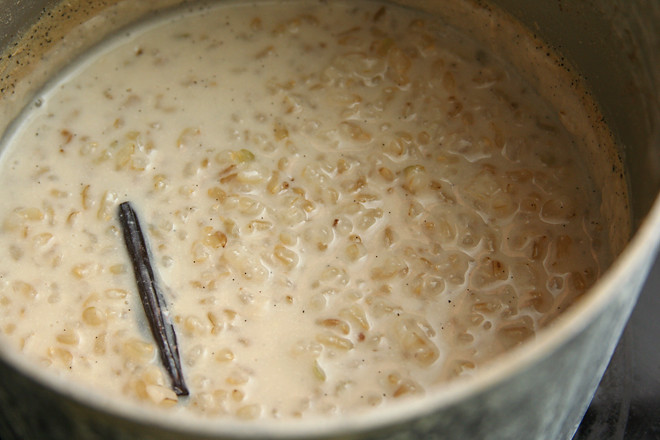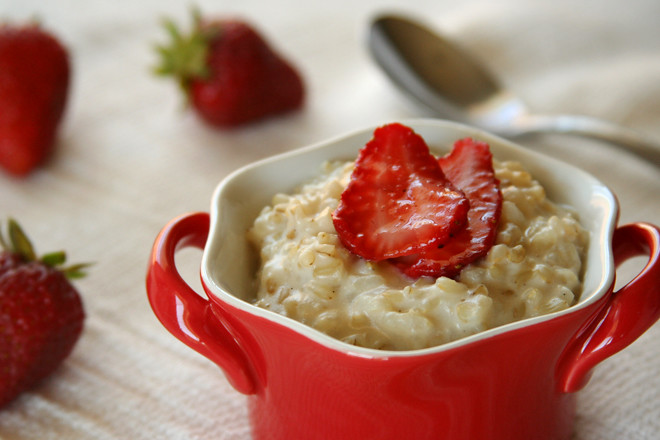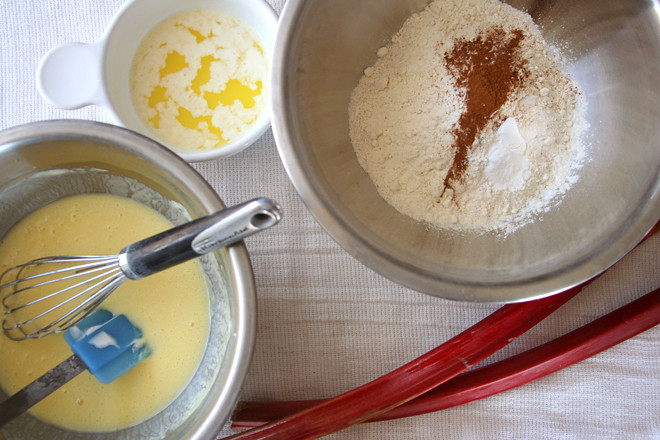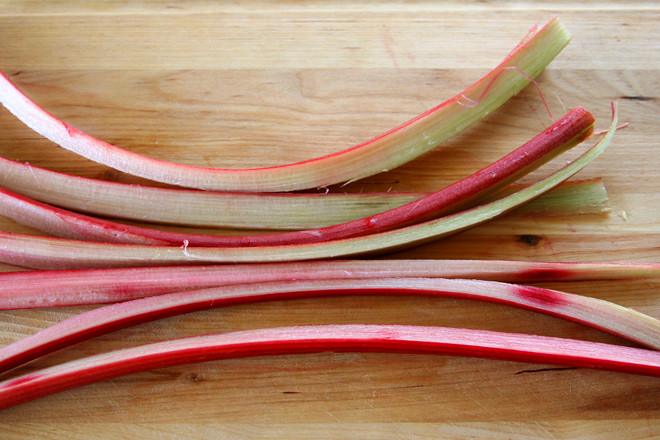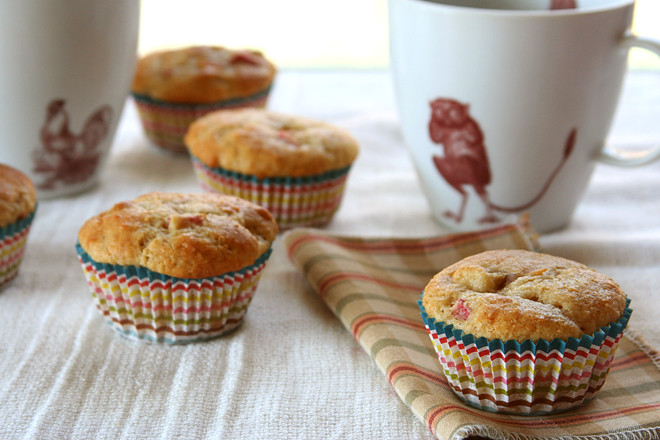Last year’s barbecued pulled pork went so well that I assumed slow-cooking other meats on the grill would be just as easy, but ribs has proved me wrong. I tried baby backs first, mostly because they’re more famous, but also because they’re what I remember eating as a kid. Since they’re smaller than spareribs, I assumed they’d cook faster, and that didn’t hurt either.
A week after the baby back ribs spent 2 hours on the grill becoming jerky, I bought spareribs and, comparing Cooks Illustrated’s recipes for the two ribs, saw that they recommend nearly the same cooking time for the two very different types of ribs. Leaner, smaller baby backs supposedly need 2 hours on the grill with 4½ quarts of briquettes plus a second wave of fresh coals halfway through, while larger, fattier spareribs spend 2-3 hours on the grill with only 2½ quarts of charcoal and no refresher. That doesn’t sound right.
It certainly didn’t work right, as the poor baby backs were desiccated at the end of their two hours. The spareribs, however, fared much better, juicy and smoky and tender, just like ribs should be. In fact, this method – less charcoal, basically – worked so well that I want to try the same thing with baby back ribs now – although I won’t cook the smaller ribs as long as I did the larger ones, which seems like it should be obvious.
One year ago: Sour Cream Chocolate Cake Cookies
Two years ago: Rum-Drenched Vanilla Cake
Three years ago: Coconut Roasted-Pineapple Dacquoise
Four years ago: Kung Pao Shrimp
Printer Friendly Recipe
Barbecued Spareribs (from Cooks Illustrated’s The New Best Recipe)
Serves 4 (according to CI, but this would serve at least 6 people with my appetite)
At the end of about 2 hours, the coals were completely extinguished. Fortunately, the meat seemed cooked and tender by then. I didn’t bother with barbecue sauce; the dry rub contributes plenty of flavor.
Dry rub:
3 tablespoons paprika
1½ tablespoons chili powder
1½ tablespoons ground cumin
1½ tablespoons ground cumin
1½ tablespoons dark brown sugar
1½ tablespoons salt
2¼ teaspoons dried oregano
2¼ teaspoons sugar
2¼ teaspoons ground black pepper
2¼ teaspoons ground white pepper
¾-1½ teaspoon cayenne pepper
2 full racks spareribs (about 6 pounds total)
2 (3-inch) wood chunks or 2 cups wood chips
2 cups barbecue sauce (optional)
1. Rub both sides of the rib with the dry rub and let stand at room temperature for 1 hour. (For stronger flavor, wrap the rubbed ribs in a double layer of plastic wrap and refrigerate for up to 1 day.)
2. Soak the wood chunks in cold water to cover for 1 hour and drain, or place the wood chips on an 18-inch square of aluminum foil, seal to make a packet, and use a fork to create about 6 holes to allow smoke to escape.
3. Meanwhile, light a large chimney starter filled a bit less than halfway with charcoal briquettes (about 2½ quarts, or 40 coals) and allow to burn until covered with a thin layer of gray ash. Empty the coals into one side of the grill, piling them up in a mound 2 or 3 briquettes high. Keep the bottom vents completely open. Place the wood chunks or the packet with the chips on top of the charcoal. Put the cooking grate in place, open the grill lid vents completely, and cover, turning the lid so that the vents are opposite the wood chunks or chips to draw smoke through the grill. Let the grate heat for 5 minutes and clean it with a wire brush.
4. Position the ribs over the cool part of the grill. Barbecue, turning the ribs every 30 minutes, until the meat starts to pull away from the bones and has a rosy glow on the exterior, 2 to 3 hours. (The initial temperature inside the grill will be about 350 degrees; it will drop to 250 degrees after 2 hours.)
5. Remove the ribs from the grill and wrap each slab completely in aluminum foil. Put the foil-wrapped slabs in a brown paper bag and crimp the top of the bag to seal tightly. Allow to rest at room temperature for 1 hour.
6. Unwrap the ribs and brush with the barbecue sauce, if desired. Cut the ribs between the bones and serve immediately.
